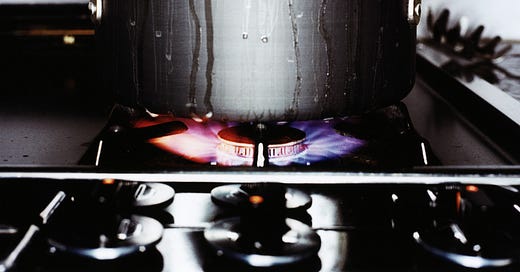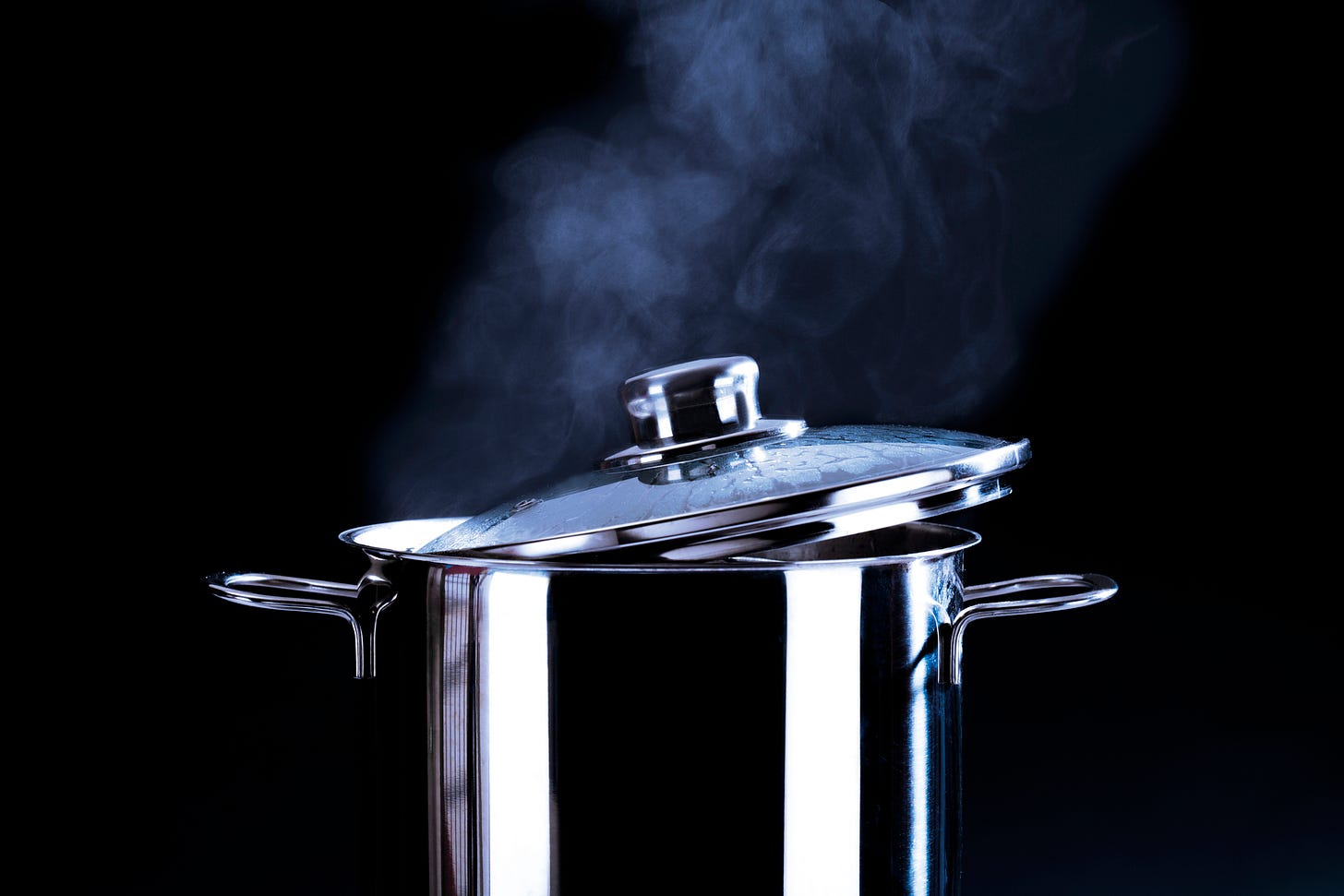Welcome to NOW YOU KNOW, a 6-week series where, for our mid-week email, we’re going to discuss fundamental cooking knowledge that you might not know, totally understand, or even be aware of! My hope is that these tidbits will make you a more confident cook.
First, let’s discuss following recipes.
Inevitably, anytime we cook something in a pot here at What To Cook, I get several DMs that go something like this: “Hi!!! I’m cooking the one-pot rice and beans right now, should I put the lid on while it’s simmering?!?!?”
If a recipe writer wants you to cook something with the lid ON, they will tell you. Otherwise, assume it’s off. I have started to specifically state “simmer, uncovered” since I get so many panic DMs about this, but that is not technically something that, by proper recipe writing standards, has to be written into a recipe.
In short: assume the lid should be *off* unless you are specifically instructed to put it on.
Now let’s move on to why and when we cook with the lid OFF.
Lid off = reduction/thickening mode.
Cooking with the lid off allows the steam (aka liquid) to evaporate out of the pot, thus reducing the amount of liquid in the pot. We cook with the lid off when we want something to thicken (for example: no-stir risotto after it comes out of the oven if it’s still liquid-y).
If you’re ever cooking a soup, stew, curry, risotto, etc. and it is TOO LIQUIDY, simply crank up the heat and stir frequently until it thickens up.
This is really the most important thing I want you to learn today. If you are ever cooking something and you think “ugh, it’s too soupy/liquidy/runny!” simply crank up the heat and stir until it’s where you want it to be.
Caveat: of course, if you cook something for a REALLY long time, the liquid will all evaporate off, but it will take a lot longer if the lid is on.
Lid on = cook faster / don’t lose any liquid mode.
We cook with the lid ON when our objective is to retain all of the heat in the pot so that something can cook faster. Cooking with the lid on will also prevent the contents from reducing.
For example, if you’ve cooked a marinara sauce and it’s the perfect consistency, but you want to keep simmering it to deepen the flavors, cook it over really low heat with the lid ON so that it doesn’t reduce any further and become too thick.
If you’ve made chili for a party, and you want to keep it hot over the course of several hours, keep that lid on! Otherwise it will thicken and eventually burn to the bottom of the pot.
Lid partially on = a hybrid.
A third option is to cook with the lid partially on. This allows a bit of scenarios.
I do this when I’m making stock, for example, where I want some liquid to evaporate so that the flavor can condense and intensify, but I do not want to lose much liquid.
Any other burning questions? I’ll answer them here, and they might prompt a future edition of Now Ya Know.








Unrelated Q, but something I always wonder about... When a recipe calls for adding reserved pasta water, should I NOT cook said pasta in salted water to avoid oversalting the dish???
I thought you mentioned recently to get a dutch oven that was circular? I am about to purchase my first one and was wondering what are the benefits of a circular versus oval dutch oven? I am torn because of the two I’m looking at the oval is larger and I do a decent amount of batch cooking.